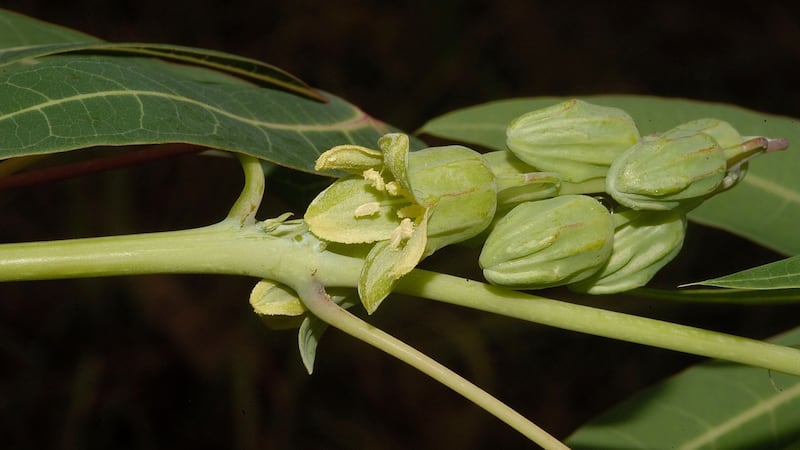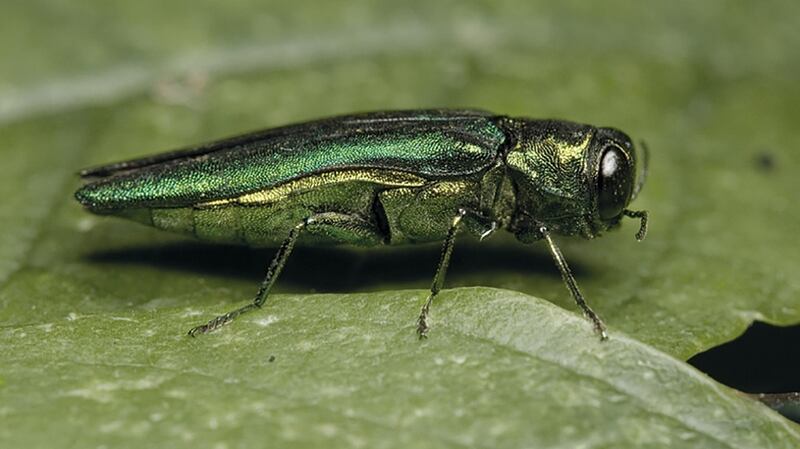More than 1,700 new plants have been discovered in the past year, including species that could help provide food in the future, a major report reveals.
Among 1,730 new species are five new types of manihot, from Brazil, wild relatives of cassava, which could help develop varieties of the third-most important food crop in the tropics that are resilient to drier conditions and disease.
The second annual State of the World’s Plants from the Royal Botanic Gardens, Kew, also revealed nine new species of climbing vine Mucuna, used in the treatment of Parkinson’s disease, have been found.

Seven new species of Aspalathus, which provides redbush or rooibos tea, have been discovered, as has a new parsnip species in Turkey.
Professor Kathy Willis, director of science at Kew, said the discovery of wild relatives to foods was important because crops had been bred for high yields and had often lost their genetic diversity and resilience to drought and pests.
“Crop wild relatives might not have the yields, but they have survived thousands of years in multiple climate conditions and, in their genomes, they have the genes that will enable resilience.
“We need to be able to take these genes and breed these genes back into our crops to make resilient crops in the future.”
New areas are still opening up for exploration for new plants, such as Colombia, she said.
But the report, which looks both at how plants are valuable to people and how they are vulnerable to threats such as pests and climate change, also warned some new discoveries of plants were already highly endangered.
Winners and losers
There would be “winners and losers” as plants tried to adapt to the impacts of climate change such as rising temperatures, more fires and droughts and higher levels of carbon dioxide in the air.
Plants with thicker leaves, better water-use strategies, deeper roots and higher wood density are set to do better as the climate changes, the report said, while those without such traits could struggle.
It also warns of a $540 billion US dollar (€485 billion) a year cost to agriculture if invasive pests and diseases, largely spread by the growth in international trade, are not controlled.
One such pest is the emerald ash borer, an invasive species that has devastated ash trees in the US and could spread to Europe and the UK.

Potential future costs of controlling plant pests and diseases are on top of the existing spend on the problem, with the European Union alone using 196,000 tonnes of pesticides a year against fungi, bacteria and pests such as insects.
The report, involving 128 scientists in 12 countries, also reveals striking figures, including that 340 million hectares of the world’s plant-covered surface burns in wildfires each year, an area the size of India.
And it shows there are 28,187 species recorded with a medicinal use, though only 16 per cent of them are cited in medicinal regulatory publications and many species have different names, causing confusion and risk.
Prof Willis said many people still did not see plants as the most important thing “underpinning all aspects of life on Earth and human well-being”.
“We have to know the important plants, the natural capital we get from plants, but also where they are and how we need to conserve them.
“This report is the first small step in the process of raising the profile of plants so the world at large really does start to understand their significance.”
PA










